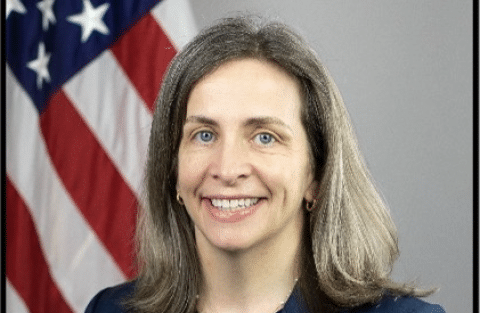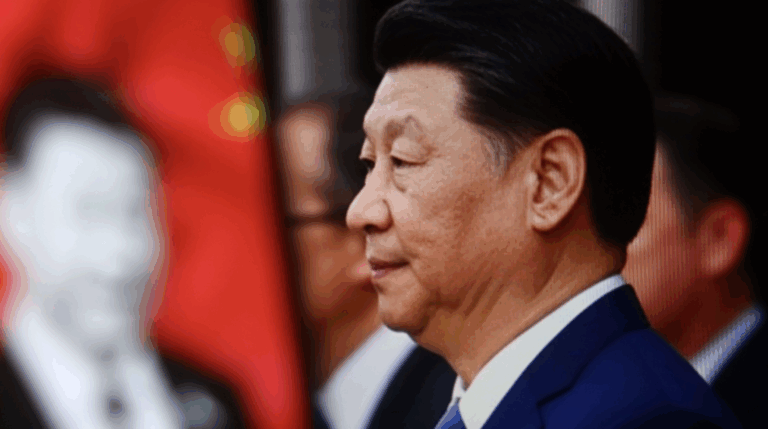EU on track to phase out Russian gas by 2028 but supply challenges remain
- Careful coordination, infrastructure development, and diversified supplies crucial to ensure smooth EU transition - Anadolu Agency
Current Access Level “I” – ID Only: CUID holders, alumni, and approved guests only
The National Academy of Engineering has called the American power grid the “supreme engineering achievement of the 20th century.” A network of generation, transmission and distribution, the grid brings reliable and affordable electricity virtually all the time to virtually all Americans, providing a service essential to the nation’s economy, security and wellbeing. But the structure and management of the grid are both changing rapidly. Information technology and increasingly networked systems, distributed generation and more intermittent energy sources, smart grids and new technologies that link our appliances, cars, and smartphones to the grid, provide great benefits but also pose potential risks. Threats of cybersecurity, physical security, natural disasters must be addressed, as well as local opposition to new infrastructure and simply aging infrastructure and limited resources. All of these make maintaining the reliability and affordability of electricity services a daunting challenge.
On this episode of Columbia energy Exchange, host Jason Bordoff sits down with Cheryl LaFleur, Commissioner at the Federal Energy Regulatory Commission (FERC) to discuss the challenges and opportunities facing the grid today. Among the topics of they address:
Last week, President Trump announced that he was imposing significant new sanctions on Russia. It’s an effort to cut off revenue Russia needs for its war in Ukraine....

Energy has long been used as a weapon. The United Kingdom blocked oil exports to Germany during World War I. Hitler’s fall was due in part to losing...

Trade tensions between the US and China have hit a new high mark. Last week, after China announced plans to ratchet up its export controls of some rare-earths...

Industrial policy, supply chain security, and economic competitiveness are central to how we think about clean energy deployment. As the Trump administration pulls back federal support for the...

The NRC is already experimenting and making improvements in reducing licensing review times without changing the diligence or substance of its evaluations, and the results are promising. If the projected volume of applications materializes, the NRC will need to continue to apply the new approaches it has begun using, as well as seek out additional efficiencies. This paper lays out actionable recommendations on what NRC can do now—under existing statutory authority—to further compress schedules while preserving safety, due process, and analytical quality.

In the last six weeks, the Chinese government has made several bold moves related to its trade relations.


The global clean energy economy today looks starkly different than it did even 10 years ago. Not only have production and deployment of clean energy technologies expanded significantly, the geographic distribution of clean energy manufacturers, resellers, and end-users has shifted dramatically.
